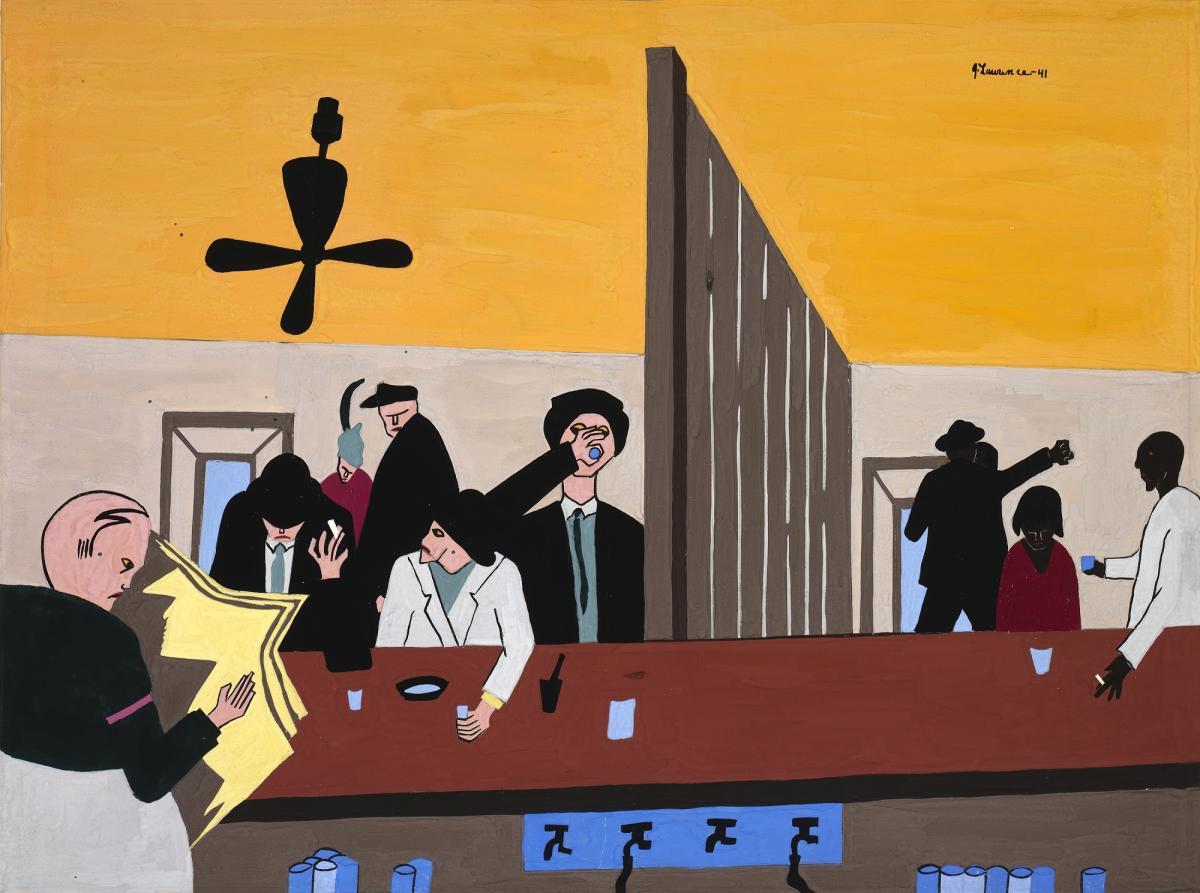
John Lewis was a believer in good trouble. The late congressman and Civil Rights icon who passed away July 17 at the age of eighty, is a hero for all times. He was among the first elected officials I met when I started at the Smithsonian American Art Museum in 2017. We had the honor of hearing him speak at the opening of American Visionary: John F. Kennedy's Life and Times, our photojournalism exhibition honoring the 100th anniversary of JFK's birth. Lewis, himself a visionary, always spoke with a sense of living history and with the invitation for all of us to do our part in causing good trouble to right the wrongs of our country.
In that spirit of invitation, I want to reach out to our SAAM community and begin the process of creating gracious spaces for us to listen, to learn, and to support one another during this very painful time, a real moment of awakening for America. We have witnessed the senseless deaths of too many Black people, including the recent murders of George Floyd in Minneapolis, Breonna Taylor in Louisville, and Rayshard Brooks in Atlanta. In response, peaceful demonstrators are on the front line advocating for real change, making the good trouble John Lewis prescribed. American artists have led the way in advocating for a better, kinder and more inclusive country for all people. Activist artist Elizabeth Catlett said famously "I believe that art should come from the people and be for the people."
We are grateful to artists like Arthur Jafa who help us reckon with the history of racial oppression and whose work opens up space for reflection, dialogue, and understanding. It features powerful images from the Civil Rights movement, when people like Lewis put their lives on the line for change. Earlier this summer, SAAM partnered with the Hirshhorn Museum and Sculpture Garden and eleven other museums and collections from Los Angeles to Berlin to stream, for the first time, artist Jafa's Love is the Message, The Message is Death on our websites for 48 hours. Four minutes into Jafa's powerful exploration of Black life in America, the actress Amandla Stenberg poses a pointed question: "What would America be like if we loved Black people as much as we love Black culture?
Following the global event, SAAM published on our blog responses to the video from our local community. We also held a curator-led discussion based on questions and comments that we received from viewers, many of whom responded to the emotional intensity of the work. I invite you to spend time listening to these responses as I have done.
Museums are places of transformation, of connection, of dialogue. We need to ensure that is true for all people and that all people are truly welcome at SAAM. I believe museums are safe places for difficult conversations. We are working harder to be a better institution and we are committed to being anti-racist, knowing that this is both personal and institutional work. It is not easy work, we will make mistakes and come under criticism. We will do this work with humility and purpose. Let's be inspired by the legacy of John Lewis, whose call for good trouble is a reminder that change is possible and best achieved when we work together.


















